Rising Energy Demand
The increasing The Hybrid Solar Wind System Industry. As populations grow and economies develop, the need for sustainable and reliable energy sources becomes more pressing. Projections indicate that global energy consumption could rise by 25% by 2030, necessitating a shift towards renewable energy solutions. Hybrid systems, which combine solar and wind energy, offer a reliable solution to meet this demand, as they can provide a more consistent energy supply compared to standalone systems. This growing demand for energy, coupled with the need for sustainability, positions the Hybrid Solar Wind System Market as a key player in the transition towards a cleaner energy future.
Technological Innovations
Technological innovations are propelling the Hybrid Solar Wind System Market forward. Advances in energy storage solutions, such as batteries and smart grid technologies, enhance the efficiency and reliability of hybrid systems. For instance, the development of more efficient photovoltaic cells and wind turbine designs has improved energy capture and conversion rates. Additionally, the integration of artificial intelligence and machine learning in energy management systems allows for optimized performance and predictive maintenance. These innovations not only reduce operational costs but also increase the overall efficiency of hybrid systems. As technology continues to evolve, the Hybrid Solar Wind System Market is likely to see enhanced performance and broader adoption across various sectors.
Cost Efficiency of Hybrid Systems
The Hybrid Solar Wind System Market is experiencing a notable shift towards cost efficiency. As technology advances, the costs associated with solar and wind energy systems have decreased significantly. For instance, the levelized cost of electricity (LCOE) for solar and wind has dropped by approximately 70% and 50% respectively over the past decade. This reduction in costs makes hybrid systems more attractive to consumers and businesses alike. Furthermore, the integration of solar and wind technologies allows for optimized energy production, reducing reliance on fossil fuels and enhancing energy security. The potential for lower operational costs and increased energy yield positions the Hybrid Solar Wind System Market as a viable alternative to traditional energy sources, appealing to both residential and commercial sectors.
Government Incentives and Policies
The Hybrid Solar Wind System Market benefits significantly from government incentives and supportive policies. Many governments are implementing tax credits, grants, and subsidies to promote renewable energy adoption. For example, various countries have established feed-in tariffs and renewable portfolio standards that encourage the installation of hybrid systems. These initiatives not only lower the initial investment barrier for consumers but also stimulate market growth. As of 2025, it is estimated that government incentives could account for up to 30% of the total investment in renewable energy projects, including hybrid systems. This supportive regulatory environment fosters innovation and investment in the Hybrid Solar Wind System Market, driving further advancements and adoption.
Environmental Concerns and Sustainability
Growing environmental concerns are driving the Hybrid Solar Wind System Market towards sustainable energy solutions. As awareness of climate change and its impacts increases, there is a collective push for cleaner energy alternatives. Hybrid systems, which utilize renewable resources, significantly reduce greenhouse gas emissions compared to fossil fuels. The potential for hybrid systems to contribute to energy independence and reduce carbon footprints resonates with both consumers and businesses. In 2025, it is projected that the demand for sustainable energy solutions will continue to rise, with hybrid systems playing a pivotal role in achieving climate goals. This heightened focus on sustainability is likely to further propel the Hybrid Solar Wind System Market, as stakeholders seek to align with environmentally responsible practices.


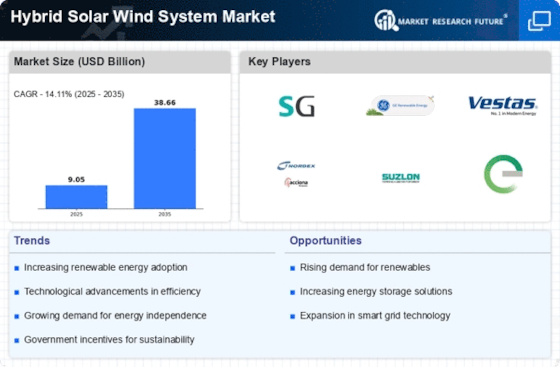
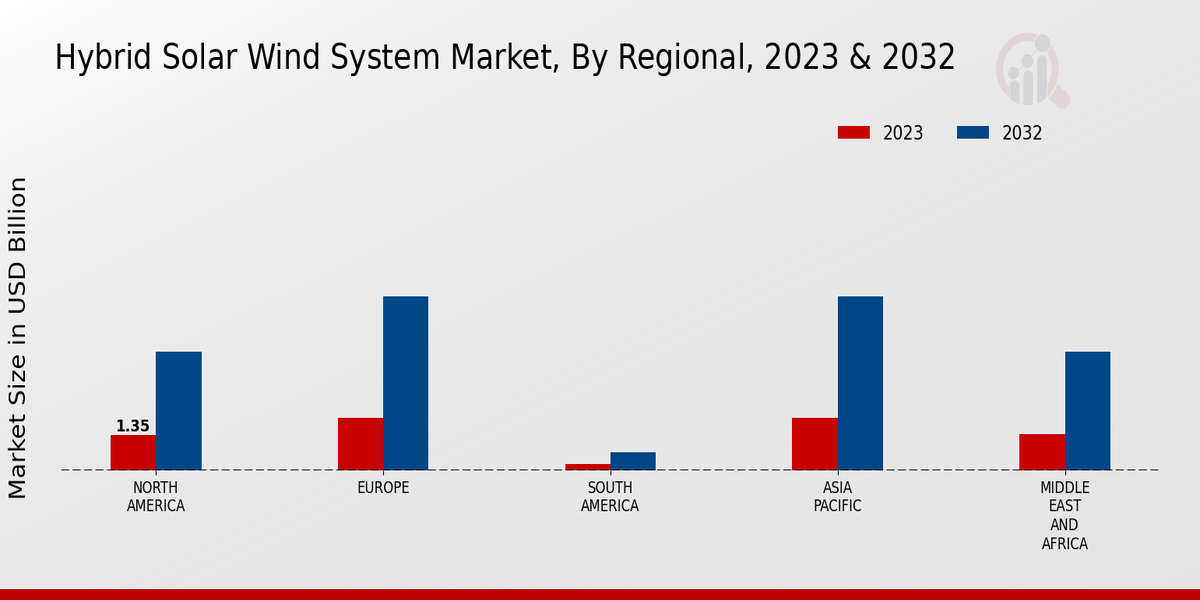


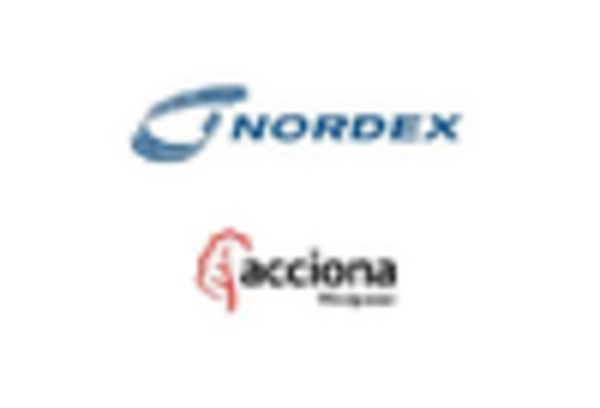
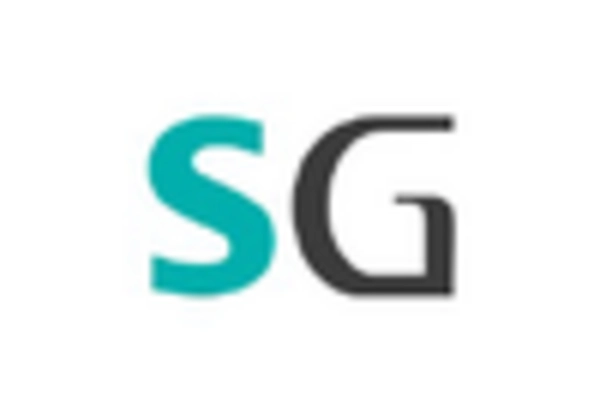
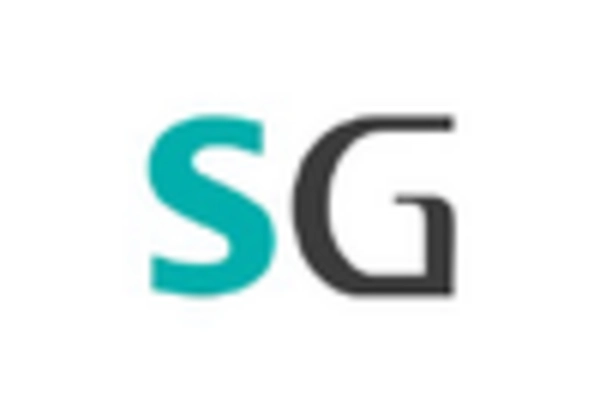










Leave a Comment